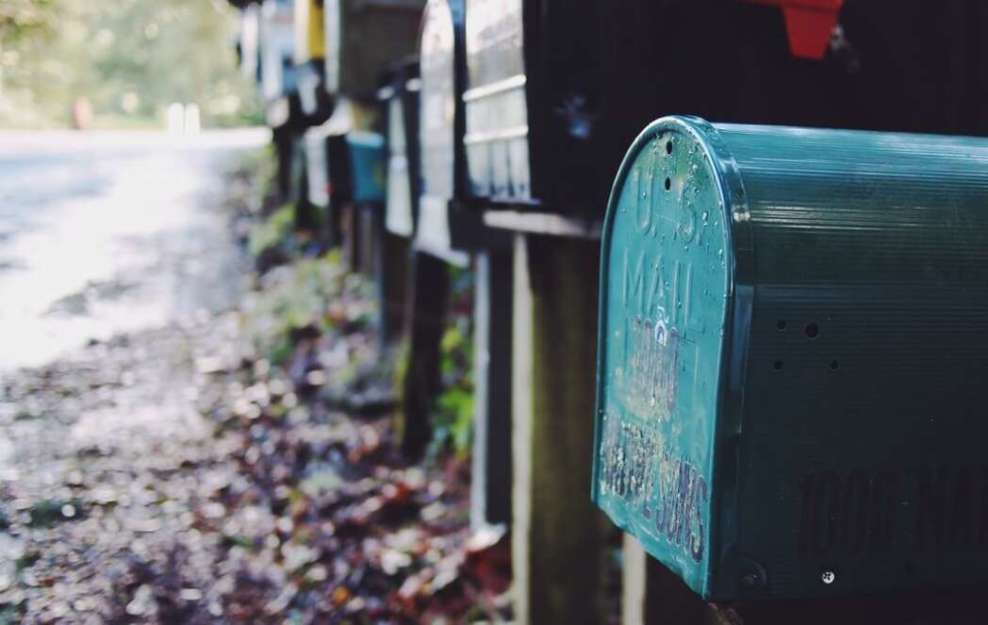2020 has been a barn burner, that’s for sure.
Insane weather, social unrest, a raucous election, and to top it all off, a world-changing pandemic. The COVID-19 crisis has upset life as we know it, sending everyone scampering off to isolate and quarantine until … well, does anyone know when this is going to end?
The interminable social distancing has made it difficult to conduct a normal life, and while school and work have largely gone remote, there’s one area that‘s harder to address from a distance: your social life.
It’s natural to be experiencing quarantine fatigue.

If you’re amongst those who are faithfully social distancing, you may have found that it can lead to some pretty profound mental and emotional struggles — especially when it comes to social interactions and maintaining community.
The good news is, you’re not alone.
Even from afar, we’re all in this together, and we’re all trying to figure out the best way to cope with our collectively isolated situation. Planning virtual events and finding things to do with others is an obvious part of the process of maintaining community. However, one of the first steps in finding a solution has to be the simple-yet-profound action of admitting that it’s downright exhausting being isolated.
Quarantine fatigue is real.
It doesn’t matter if you’re six months sober and missing your accountability support group, you’re struggling with mental health and in need of social interactions to bolster your mood, or you’re simply a human being that doesn’t typically thrive in isolation — distancing yourself from others can really suck.
While it doesn’t change the fact that we need to social distance for our collective health, realizing and admitting to the negative effects of quarantine is the first step in reinventing our communities in a remote-first world.
But there are ways to cope and bring your communities back together.
1. Identify your circle.

There are a million articles out there already suggesting specific ways to “socialize while distancing.” Things like having stay-in-your-car meetups and playing games over a video chat. Regardless of the specific activities that you find to do, though, if you want to genuinely build and maintain your community, you need to take some time to identify what that community is, first.
Chances are you already have a few different circles you operate within. You have your family, your extended family, your significant other’s friends, your own friends, your coworkers, and so on.
Before you simply start reaching out to anyone and everyone willing to fill up your time, sit down to consider what relationships are a priority. What friendships are most important? What ones are worth putting in a little extra effort?
Taking a minute to identify your circle can help you remain focused on relationships that truly matter — which is important when you’re all physically separated.
2. Develop existing relationships.

Once you’ve identified the relationships that are important to you, it’s time to make an effort to maintain your existing community. Again, this can take many forms, such as video chats and social-distance appropriate activities. Rather than exclusively focusing on the specific means of socializing from a distance, though, it’s important to also remember what you’re trying to accomplish through spending time together.
For instance, if you’re going to hang out remotely with a friend, remember what it takes to maintain a strong friendship — even remotely. We’re talking about things like:
- Creating rituals together.
- Being present and there for each other emotionally.
- Celebrating small things together.
- Sharing experiences.
Many of these can be accomplished without elaborate or complicated activities. You can simply hop on a phone call or send someone a text to see how they’re doing. If you’re on a video chat, make sure to clear your schedule and use good phone etiquette like avoiding answering texts or even turning your device off so that you can focus on the conversation at hand.
3. Look for new, remote bonding opportunities.

Once you’ve identified and begun cultivating your existing relationships while social distancing, it’s time to look for ways to expand your community despite the physical restrictions. There are a few different ways that you can do this.
For instance, if you have any acquaintances that you’ve always wanted to get to know more, now may be the perfect time to develop a relationship through texting or a phone call or two. You can also look for new relationships in your remote workspace by working to develop your emotional intelligence and looking for opportunities to connect personally with coworkers.
You can even start up a virtual book club or set up a small, outdoor get-together and ask others to invite their own friends. This can provide a way to bond with new acquaintances over a shared passion or even small talk.
Even in quarantine, there are likely many ways that you interact with others. Chances are, a new friendship can be found if you simply look for the existing opportunities.
4. Remember you can still maintain a thriving community– even in quarantine.

Community is everything. If you aren’t part of something, then what do you have to live for?
That said, quarantine can definitely put a damper on your social life. Fortunately, if you take the time to prioritize your friendships and then invest in forging new relationships, you can keep your community alive, even when traditional methods of social interaction are difficult.
The important thing is that you try. Without a little focus and effort from yourself, you won’t get anywhere. So be the agent of change in your own social circles. Rally your friends and family, and stir up those sparks of interaction until they become a blazing communal bonfire once more.








